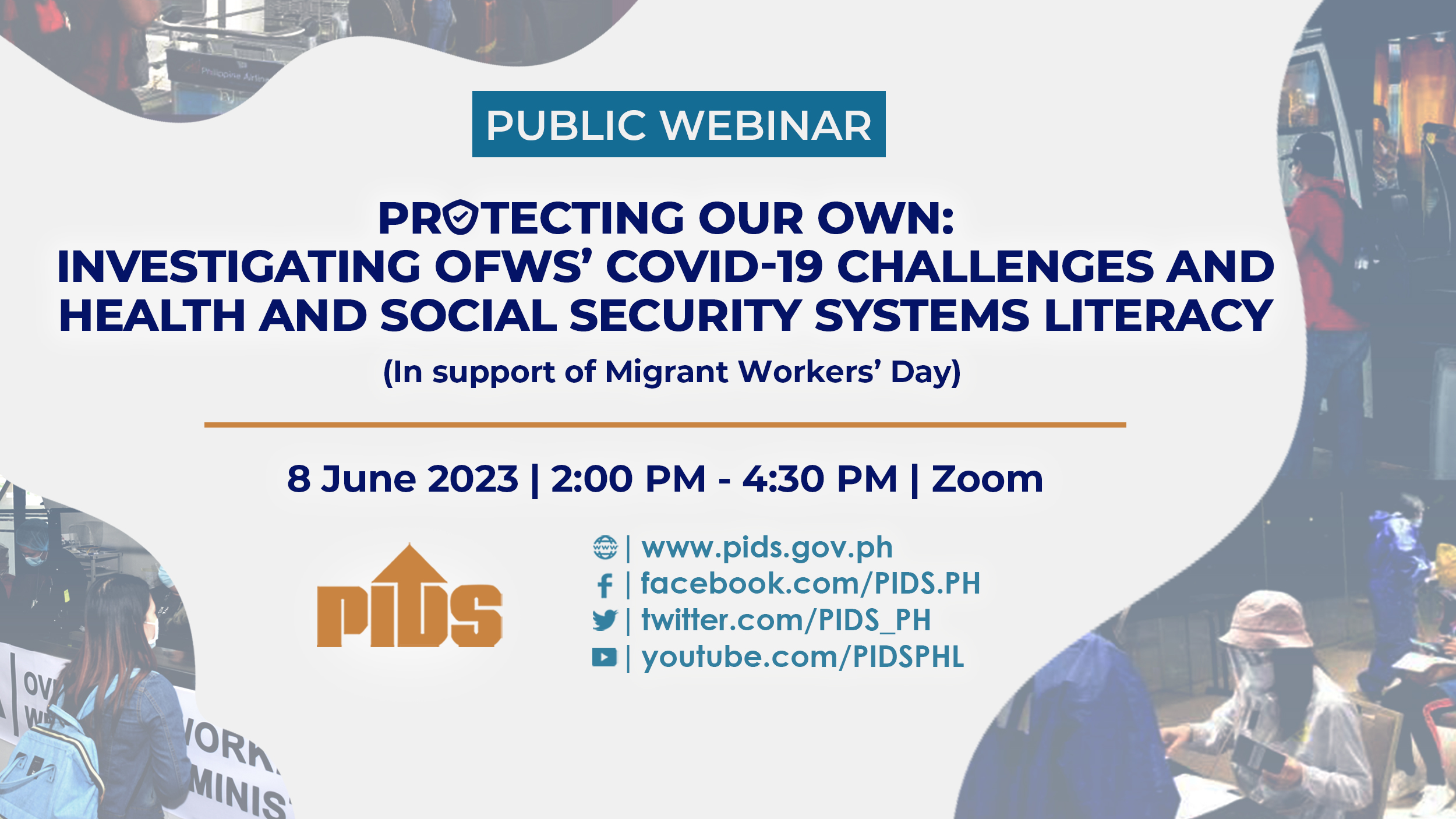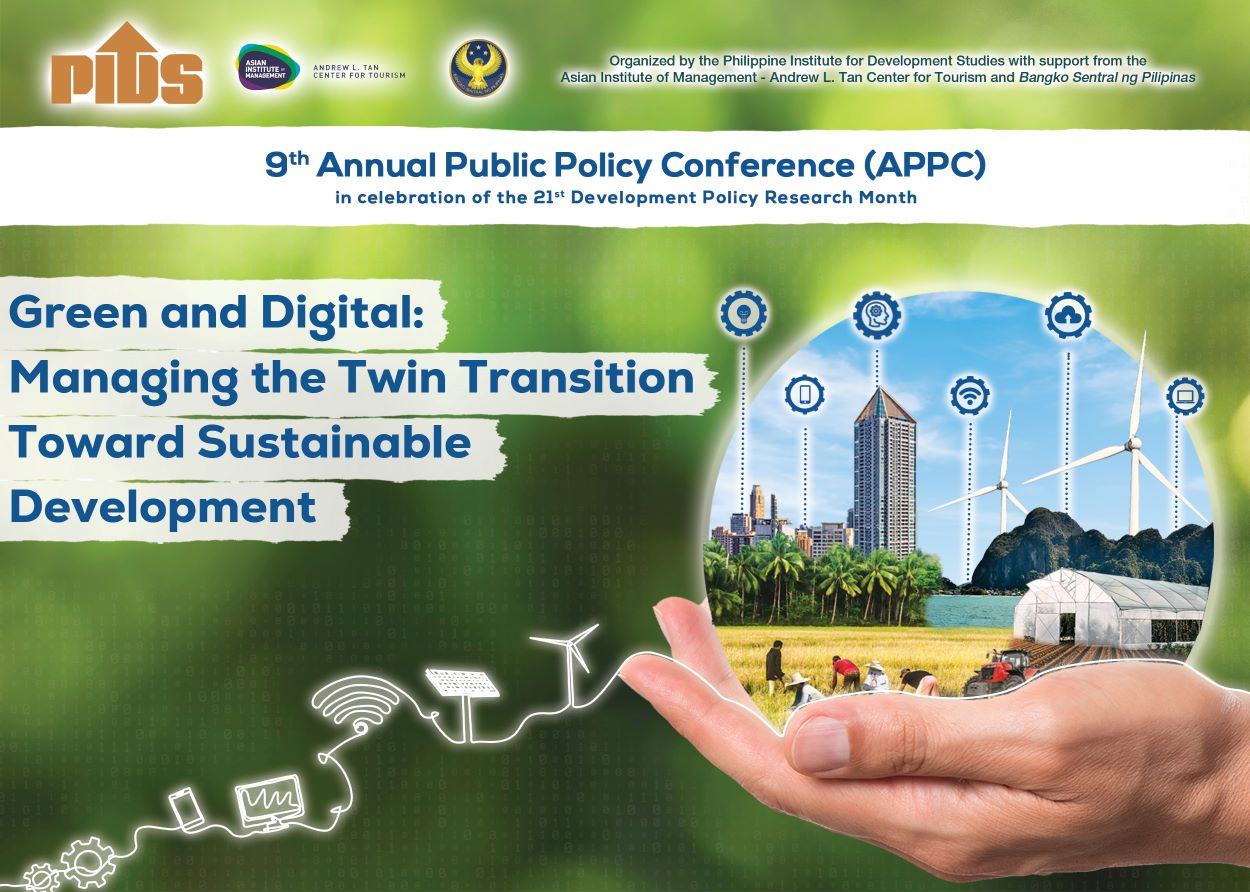By now, a lot of Filipinos must be throwing up their arms in desperation over the intractability of our rice problem. It has bedeviled us all these years and with exception of a year on two in the early 1970s during the time of President Ferdinand Marcos, we always had to import rice from our neighbors.
Just like with other food commodities, we have managed the deficiency with imports. But somehow, now and then, the national agency responsible for managing our rice supply, gets its timing wrong and runs out of supply. With government out of stock, unscrupulous traders take advantage and raise prices. Households aggravate the situation by buying more rice than they normally would thus making supplies even tighter.
The political opposition sensing vulnerability takes the administration to task for incompetence and graft, demands for the head and the abolition of the national food agency. Congress obliges, abolishes the agency but immediately resurrects the agency with the same purposes but with a different name.
The script should be familiar to all by now. We have been doing these since 1936, during the Commonwealth period.
Learning from our mistakes
We need not despair. Our rice problem is manageable provided we are smart about it, take a long-term view and stay the course.
First we need to learn from our mistakes — acknowledge them and correct them moving forward.
Giving away free seeds, fertilizers, farm equipment and other inputs is expensive, wasteful, unsustainable and prone to corruption.
Price support for palay through government procurement has not worked either. The National Food Authority (NFA) never had enough money with which to affect farm gate prices. Thus, only a small minority of farmers who have access to the NFA buying stations benefit from the subsidy. Besides most of the subsidies are captured by the traders who by then have physical possession of palay.
We have invested more than P700 billion in irrigation systems. However, the efficiency of our irrigation systems leave much to be desired. We have not done enough to incentivize the water beneficiaries to manage the downstream facilities, clear the canals and facilitate water sharing and distribution among themselves. We made the problem worse by legislating free irrigation which absolves the farmers from the obligation to help themselves. As if that were not enough, we now have to pay the water beneficiaries to clear the canals that convey the precious free water to their paddies. How absurd indeed!
Restricting rice imports to protect the domestic rice industry has not worked either. Rice farmers are still poor and uncompetitive. Filipino consumers continue to put up with expensive rice which otherwise should moderate if the domestic market were open to foreign competition.
Paradigm shift from rice self–sufficiency to raising farmers’ incomes
Key to intelligently managing our rice problem is a paradigm shift from self-sufficiency to raising farmers’ incomes.
Achieving rice self-sufficiency is physically attainable but will be costly and will require diversion of scarce resources away from alternative farm enterprises which can generate more income to farmers and greater benefits to the economy. Some of the resources monopolized by rice are better devoted to tree crops like coffee, cacao, rubber, oil palm, and tropical fruits; poultry, swine and small ruminants, and fisheries, especially aquaculture.
This shift in national objective will require 1) further intensification of rice culture in the favorable rice growing areas (i.e. with irrigation), and 2) diversion of less favorable areas (i.e. rainfed lowland and uplands) into other higher-valued crops.
With irrigation; adequate fertilization mainly with chemical fertilizers but balanced with some organic fertilizers, and increasing deployment of rice hybrids, we can produce palay at P8 per kilogram or less. At this cost of palay plus 35% tariff, our domestic rice will be more than competitive with imports from Thailand and Vietnam.
We can further reduce cost of production through direct seeding technology, use of mechanical rice transplanters and deployment of grain combines.
The rainfed lowlands may still grow rice during the rainy season when the paddies are partially flooded anyway. But after the first crop, they should switch to other higher valued crops like vegetables, legumes, fruits and even ornamentals. DA and DTI should work together to help arrange markets for these produce. These diversified farms may turn out to be more profitable than the double-cropped rice farms.
The diversion of rainfed lowlands and uplands to other crops will reduce our national rice output. Thus, the need for recurring rice imports. However, the foregone income from rice will be more than adequately made up for from the added value from the other crops.
Irrigation is key
A key factor of agricultural productivity is availability of water. We should therefore continue investing in dams, large and small, to increase yields and, as importantly, to double/triple the effective harvested area by raising cropping intensity.
We need to harvest as much rainfall as we can and protect our watersheds for water security. Large dams in addition to helping recharge aquifers provide domestic water for urban settlements, irrigation for agriculture, and generate renewable energy. But in the next five years, tactically, we should invest more in small irrigation systems (shallow tube wells and farm–level reservoirs). The small irrigation units should be embedded in the large irrigation systems to raise water use efficiency as well as in the rainfed lowlands and uplands for multiple cropping. The National Irrigation Administration (NIA) and the Bureau of Soils and Water Management (BSWM) should work closely together and be organizationally attached to the Department of Agriculture (DA) for better supervision and coordination.
What to do with NFA
We still need a national agency to keep our national buffer stock in case of serious global disruption of grain supplies. This is unlikely but we should be ready. However more real and immediate is the need for emergency food relief after calamities.
All we have to do is amend the charter of NFA, relieving it of the conflicting, impossible tasks of supporting palay farm gate price to raise income of farmers versus lowering price of rice to make rice affordable to all Filipinos. Instead NFA should focus on keeping our buffer stock and strategically positioning supplies all over the country for quick food distribution after calamities.
NFA can be re-engineered to become a logistics provider to the national and local governments. With its many warehouses, rice and corn mills, buying stations, and extensive rice distribution networks, NFA will be a formidable (and profitable) logistics government–owned–controlled corporation.
Direct support to rice farmers during transition
Finally, rice tariffication and lifting of quantitative restriction on imports are the right courses in the long term. But they have immediate adverse consequences to the rice farmers — loss of income from lower farm gate prices of palay. Unfortunately, the two-way technological solution described above will take a while to implement.
It is unfair that the full burden of market liberalization will be borne by farmers who are already poor as they are. However, the usual approaches of free distribution of production inputs and price support for palay have not worked before and we see no reason why they will work now.
Hence, our proposal to explore direct payments to farmers based on area actually farmed as reflected in land titles and tax deductions for a fixed period, of say, ten years. The subsidies can be sourced from the tariffs collected from imported rice which can amount to P27 billion a year by 2022 based from studies by the National Economic and Development Authority (NEDA)-attached Philippine Institute of Developmental Studies.












